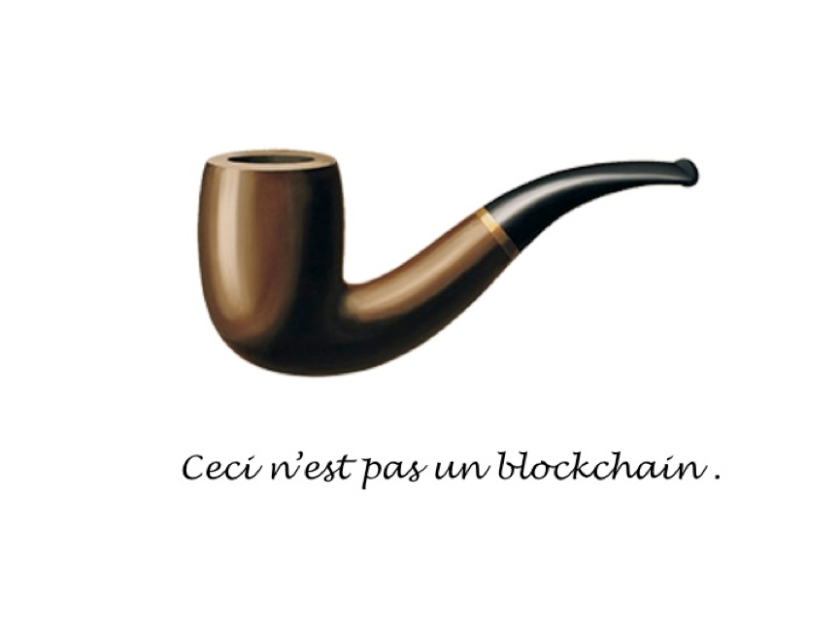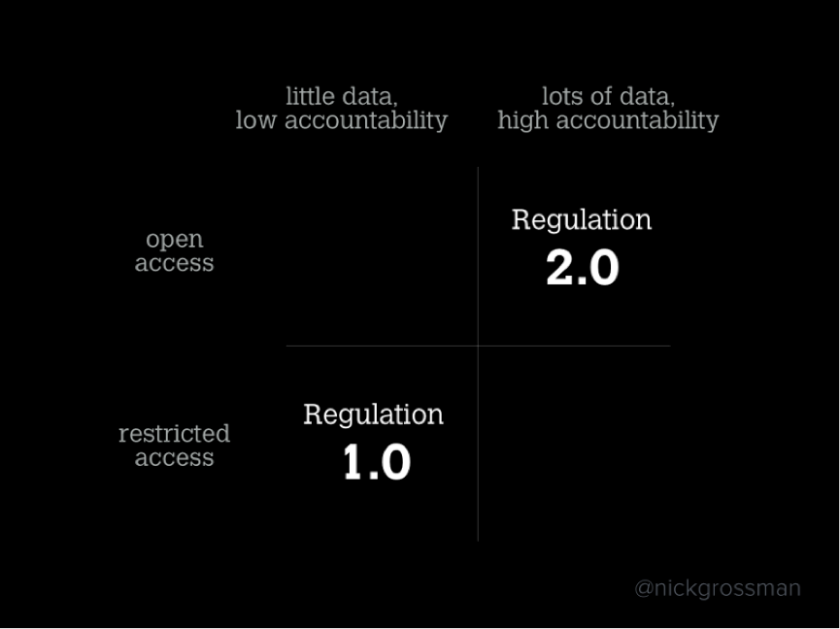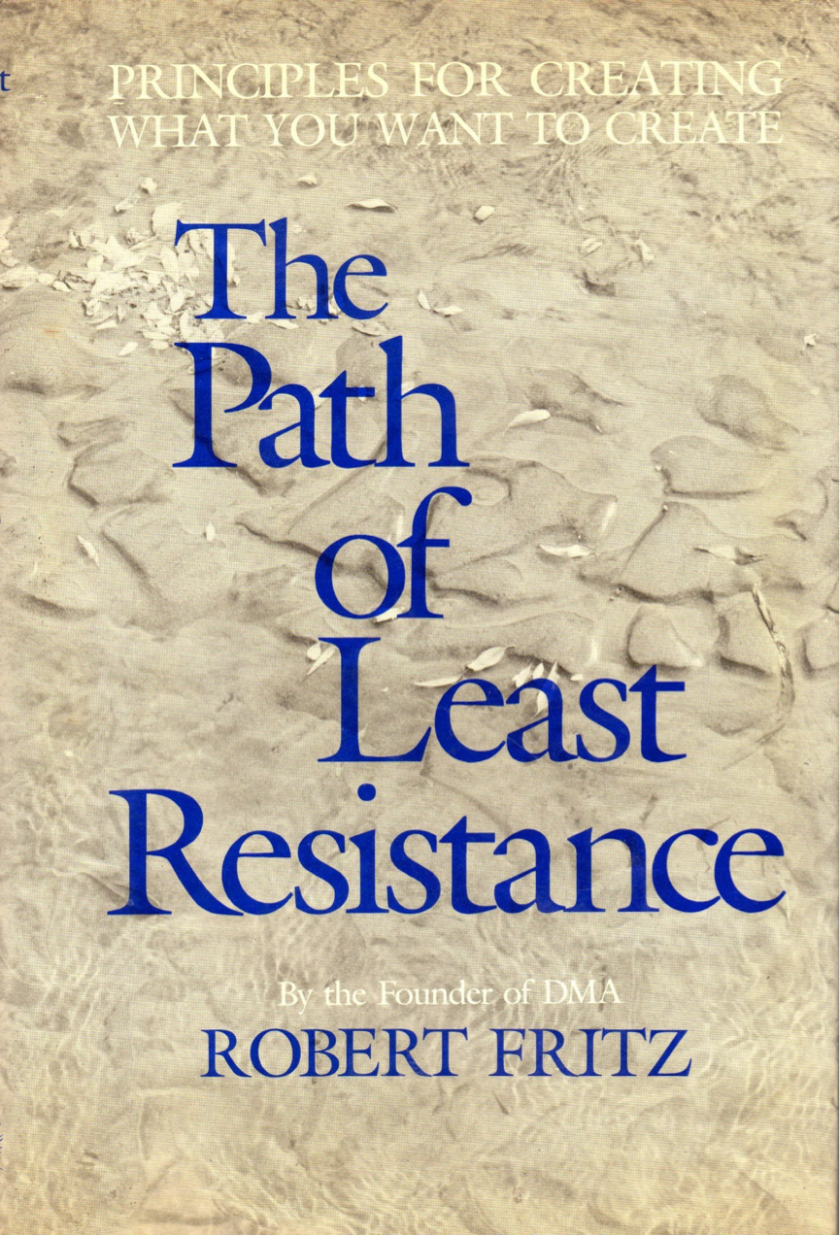Is there really nothing else to talk about? The intensity of the hype is getting to a point where conference organizers put a blockchain session onto their program “just to get people in”, in many cases because they have nothing else valuable to say. So they sell hype instead of substance.

Magritte’s painting, freely adapted by Petervan
You know when you are at the top of the hype-cycle, when the topic hits the WEF agenda as a cure for “The 4th Industrial Revolution”.
David Birch nailed it this week in Finextra when he wrote:
“It seems to me that in a relatively short time the word blockchain has become detached from its technological roots and from its location in the spectrum of shared ledger implementation options to become one of those almost generic chromewash terms, like “big data” or “cloud” (there is no cloud, remember, it’s just somebody else’s computer) to deliver a superficial veneer of futurism.”
In the “Path of least resistance” (Amazon Affiliates link), Robert Fritz says:
We live in an era of platitudes and mottos. Many of them are designed to manipulate people into action: If you’re not part of the solution, you’re part of the problem”. This one, popular in he late sixties and late seventies, was clever. No matter what you did, you were involved in the conflict. And if you happened not to be directly involved, you were the cause of the conflict
And later;
So many of the notions in human growth are filled with these kinds of conflict manipulation. I suppose it is considered good marketing. Create a perceived need in the prospective client. Encourage a sense of urgency. Make it seem as if there is no choice. But conflict manipulation has a structure that cannot lead to growth just to more extreme oscillation. Thus many of the people who attempt to cause change, often with real sincerity, do not change and do not grow. The structure of conflict manipulation does not support change.
Blockchain is nothing else than code that seems applicable in many use cases. Code is language. Code is culture. The only way to understand and learn code, culture or language is to practice it. That’s exactly what many of our institutions do, and i think that is great.
But let’s not confuse symptom and cause.
As already mentioned in my blog post on Magritte and The Ages of Machines, the image of the pipe is not a pipe. The picture of the pipe stands for the hype. The hype is not the real world, not the real pipe. The hype hides reality. What is it hiding?
It hides the underlying structural changes. Robert Fritz said :
“A change of underlying structure will lead to a change of behavior. Not your good intentions, your sincerity, your hopes, your goodness, or how much you care”
Structure drives behavior, and behavior drives culture.
The pendulum oscillates:
Capitalism > Postcapitalism
Platform Capitalism > Platform Co-operatism
Collaborative > Autonomous
Internet of Things > Interest of Things
But that underlying structural and hence cultural change is caused by ecological, social and spiritual divide (the three big divides in Otto Scharmer’s work).
That structural change becomes more and more visible in the evolution from centralized to de-centralized to fully distributed systems.
From Otto Scharmer’s U.Lab
The above structural changes deeply impact our quality of attending, conversing, organizing and coordination.
These are the things we should discuss. How we participate, how we organize, how we coordinate, how we set norms and governance to tackle the three big divides.
On the governance and regulation of “centralized networks” and “distributed systems”, there was recently a great post by @nickgrossman GM of Union Square Ventures, referring to his great Regulation 2.0 Whitepaper

Figure by @nickgrossman
“This is a fundamentally different regulatory model than what we have in the real world. On the internet, the model is “go ahead and do — but we’ll track it and your reputation will be affected if you’re a bad actor”, whereas with real-world government, the model is more “get our permission first, then go do”. I’ve described this before as “regulation 1.0” vs. “regulation 2.0”
The point I am trying to make with this post is that the pipe is a big distraction for the real work that needs to be done.
The real work and our bigger themes of discussion should be (for example):
- How to become better banks, better in the sense of better for the world
- How to deal with the power shift resulting from the structural changes
- How to move from platform capitalism to platform co-operatism
- How we attend, converse, organize, and coordinate in this new medium
This is post-platform thinking. Where centralized networks (like Uber, AirBnB, etc) could/can/should get replaced by fully distributed P2P systems.
The market that can be addressed is huge. The frictions to be sorted out immense. This attracts entrepreneurship and investment.
But we risk having the same wet dream of freedom and self-realization as we had with the Internet.
In the end, powerful players stand up and try to control the market, trying to get a grip on it through monopolistic and hyper-libertarian behavior. Who will be the Amazon, Google, Facebook, Apple, Samsung, or Alibaba of this new monopolistic distributed nirvana?
The image of that pipe may create a big illusion of perceived freedom.


One thought on “Ceci n’est pas un blockchain”